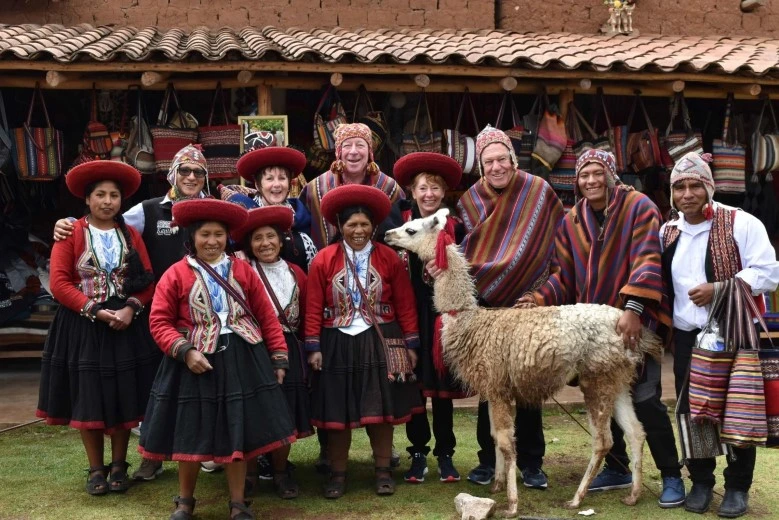If you’re planning to visit the Sacred Valley of the Incas in June, you should know that this month marks the high tourist season, with clear skies and sunny days, ideal for exploring Inca ruins and Andean landscapes. With temperatures ranging between 13.5 °C (56.3 °F) during the day and 2.1 °C (35.8 °F) at night, very little rainfall (only 8 mm / 0.3 in), and a moderate UV index of 3, June offers stable conditions for hikes and cultural outings.
The valley’s altitude ranges from 2,050 to 3,000 m (6,725–9,840 ft), averaging around 2,800 m (9,186 ft), making it easier to acclimate than Cusco (3,400 m / 11,155 ft). While you’ll enjoy breathtaking views and dry weather, you should be prepared for cold nights, high altitude, and larger crowds. Below, we share the advantages and disadvantages, the climate, and the must-see places to visit in the Sacred Valley of the Incas.
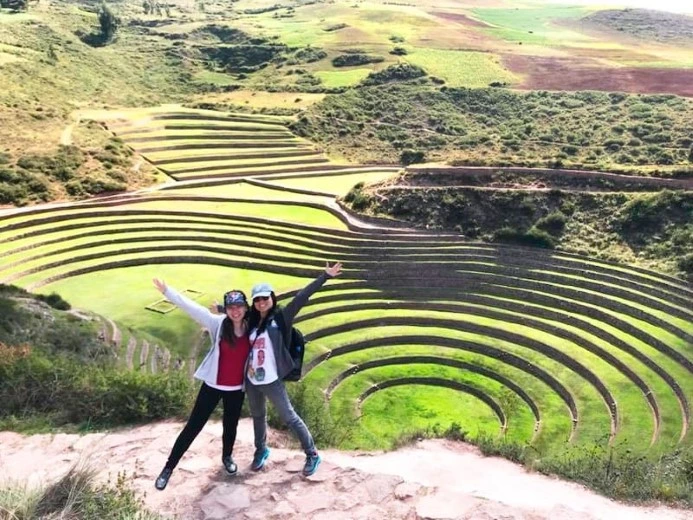
Advantages of Visiting the Sacred Valley of the Incas in June
- Dry weather and clear skies: June marks the beginning of the high season with minimal rainfall, ensuring sunny days perfect for exploring the valley’s ruins and natural landscapes.
- Pleasant temperatures: Daytime temperatures range between 15 °C and 20 °C (59–68 °F), comfortable for hiking and outdoor activities.
- Cultural festivities in Cusco: On June 24, the Inti Raymi, the largest sun festival in the Andes, is celebrated with reenactments at Qoricancha and Sacsayhuamán.
- Better lighting for photography: The intense sun and blue skies enhance archaeological details, making it perfect for unforgettable photos.
- Ideal conditions for trekking: The Inca Trail and other hiking routes are open and in good condition.
- Lower risk of closures due to bad weather: Since it’s the dry season, it’s less likely for tourist sites to close due to rain or sudden storms.
Disadvantages of Visiting the Sacred Valley of the Incas in June
- Higher number of tourists: As it coincides with the high season, the main attractions and trails may be crowded, resulting in long lines and wait times.
- Higher prices: Hotels, guides, and tours usually raise their rates in June due to high demand for tourism services in the Sacred Valley.
- Cold nights: Temperatures can drop to around 4 °C (39 °F) at night, so extra layers are essential.
- Advance reservations required: Tickets to Machu Picchu and permits for the Inca Trail often sell out months in advance, making early booking a must.
- Altitude sickness: The valley sits between 2,400 and 2,800 meters (7,875–9,186 ft) above sea level, which can cause altitude sickness for those who aren’t acclimated.
- Sun protection is essential: The UV index can reach very high levels (around 10), so it’s easy to get sunburned without proper protection. It’s recommended to use sunscreen with at least SPF 70+.
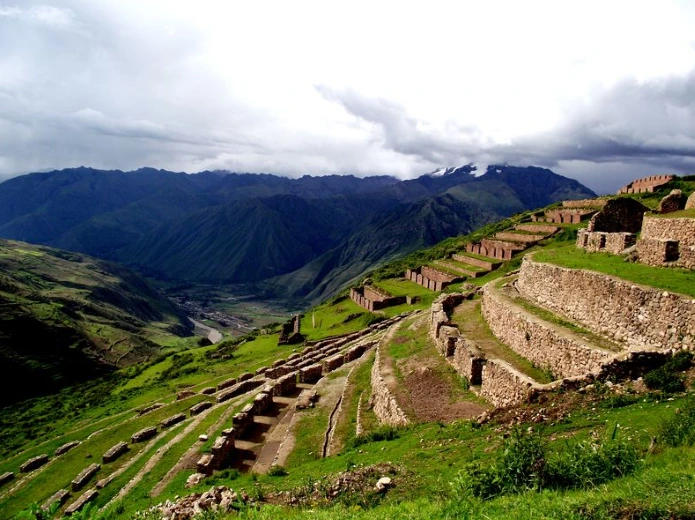
Weather in the Sacred Valley of the Incas in June
- Day and night temperatures: In June, the average high is 13.5 °C (56.3 °F) and the average low is 2.1 °C (35.8 °F). Sunny days are ideal for outdoor activities, while early mornings are very cold.
- Rainfall and rainy days: The average rainfall is just 8 mm (0.3 in), spread over about 6.2 rainy days during the month. The dry season runs from April to October, with June being one of the driest months of the year.
- Humidity and UV index: The average humidity is around 69%, and the average UV index is 3, which means moderate radiation, but still enough to recommend daily sun protection.
- Altitude and temperature range: The Sacred Valley lies between 2,050 and 3,000 meters (6,725–9,840 ft) above sea level, averaging about 2,800 meters (9,186 ft)—slightly lower than Cusco, which makes acclimatization easier. Still, it’s best to ascend gradually and avoid sudden physical exertion upon arrival.
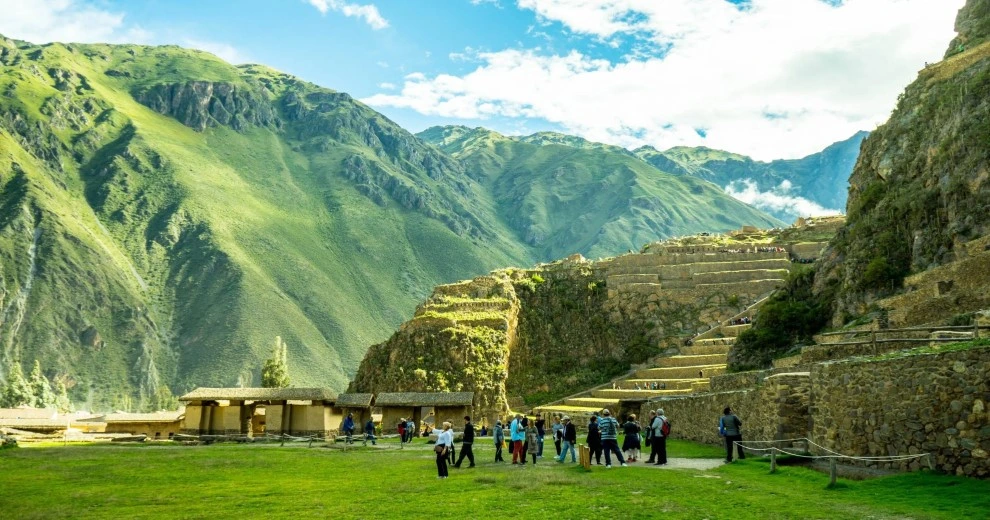
Places to Visit in the Sacred Valley of the Incas in June
- Pisac: Known for its handicraft market and Inca agricultural terraces, it’s ideal for buying textiles and enjoying panoramic valley views.
- Ollantaytambo: A living Inca fortress and departure point for the train to Machu Picchu, famous for its impressive stone walls.
- Moray: An archaeological site featuring circular terraces that were used by the Incas as an agricultural laboratory.
- Maras Salt Mines: Over 3,000 salt pools on a steep slope, harvested since pre-Inca times.
- Chinchero: A weaving village where local artisans preserve ancestral techniques and create traditional alpaca wool handicrafts.
- Yucay and Urubamba: Hubs for adventure tours (rafting, biking) and local cuisine, located along the Urubamba River.
Frequently Asked Questions About the Sacred Valley of the Incas
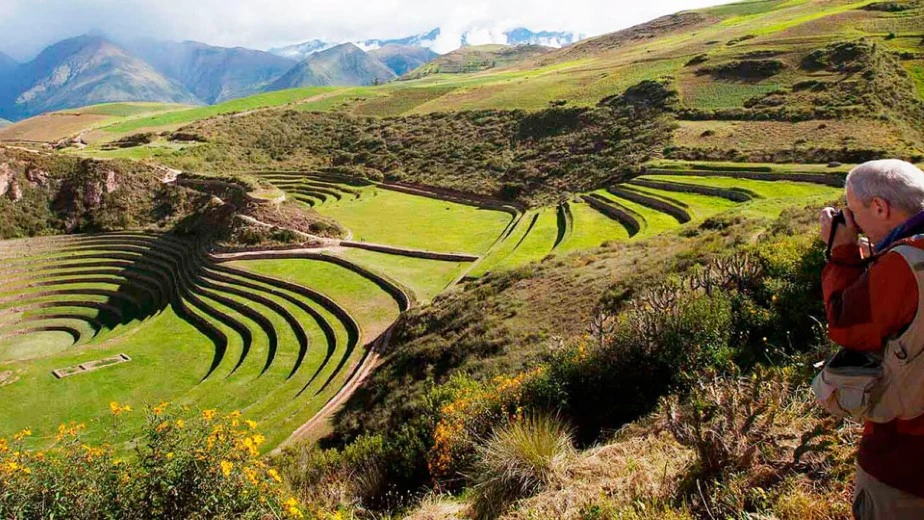
1. What is the best way to get to the Sacred Valley?
The most practical and common way to reach the Sacred Valley is from Cusco, either by private transport or shared vehicles heading to towns like Urubamba, Pisac, or Ollantaytambo. Many full-day tours offer the convenience of hotel pickup in Cusco and transportation throughout the journey. For a hassle-free experience, it’s best to book with a reliable agency such as Travel Peru Agency, which takes care of transport, meals, and other logistics so you can enjoy the trip to the fullest.
2. What should I pack for the Sacred Valley in June?
Bring layers: a long-sleeve shirt, fleece or vest, windbreaker, hat, gloves, and scarf for the nights. Don’t forget sunglasses, sunscreen, and comfortable hiking boots.
3. How does the altitude affect visitors in the Sacred Valley in June?
Although the Sacred Valley is between 2,050 and 3,000 meters (6,725–9,840 ft), altitude sickness is still a possibility. It’s recommended to acclimate in Cusco or the valley, stay hydrated, rest, and avoid intense physical activity on your first day.
4. Is it necessary to book tours to the Sacred Valley in advance?
Yes, it’s highly recommended. During high season, many people visit both the Sacred Valley and Machu Picchu, so tours and train tickets sell out quickly. To avoid last-minute issues and get better prices, it’s best to book at least 2 or 3 weeks in advance. This way, you secure your spot and can plan with peace of mind.
5. What adventure activities are available in the Sacred Valley of the Incas?
Besides archaeological visits, you can enjoy rafting on the Urubamba River, mountain biking, zip-lining, and kayaking, with local operators based in Urubamba or Yucay.
6. Are there festivals in Cusco in June?
Yes. On June 24, Inti Raymi, the Festival of the Sun, is held—one of the most important celebrations on the Andean calendar. Although the main event takes place in Cusco, especially at Qoricancha and Sacsayhuamán, many tours from the Sacred Valley offer transportation to the ceremony. It’s a fantastic chance to experience Inca culture up close, with traditional reenactments, music, and parades.
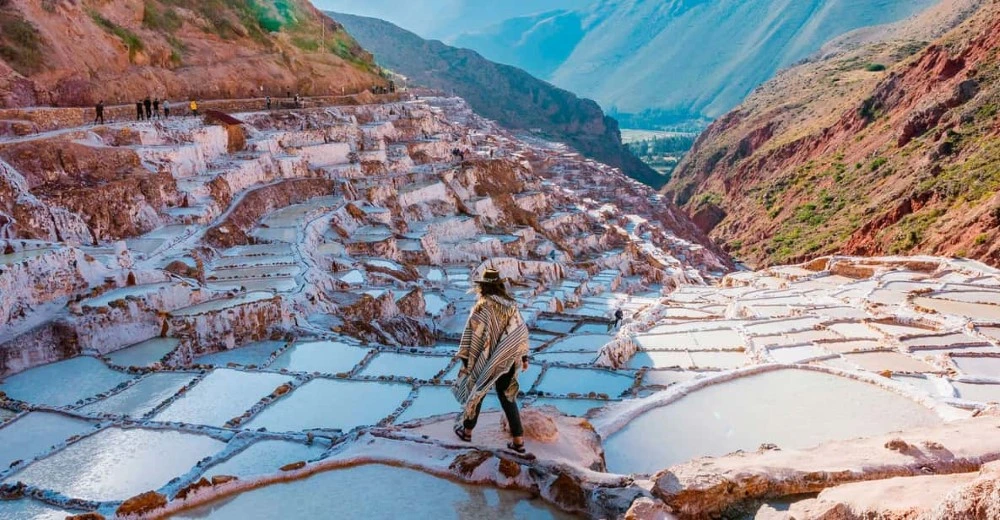
With this guide to the Sacred Valley of the Incas in June, you’ll have all the information you need to plan an unforgettable trip during the high season, enjoying the best weather, stunning landscapes, and rich Inca culture. Don’t wait any longer—book your adventure now!
Sacred Valley tours you might be interested in:
- Sacred Valley VIP – 1 Day
- Sacred Valley VIP, Machupicchu – 2 Days
- Sacred Valley Vip, Machu Picchu, Palccoyo – 5 Days
- Sacred Valley vip, Machupicchu, City Tour, Rainbow Mountain – 6 Days
- City Tour, Sacred Valley vip, Machupicchu, Rainbow Mountain, Humantay Lake – 6 Days
- Sacred Valley, Machupicchu, Manu Cultural Zone, Red Valley, Rainbow Mountain – 8 Days
